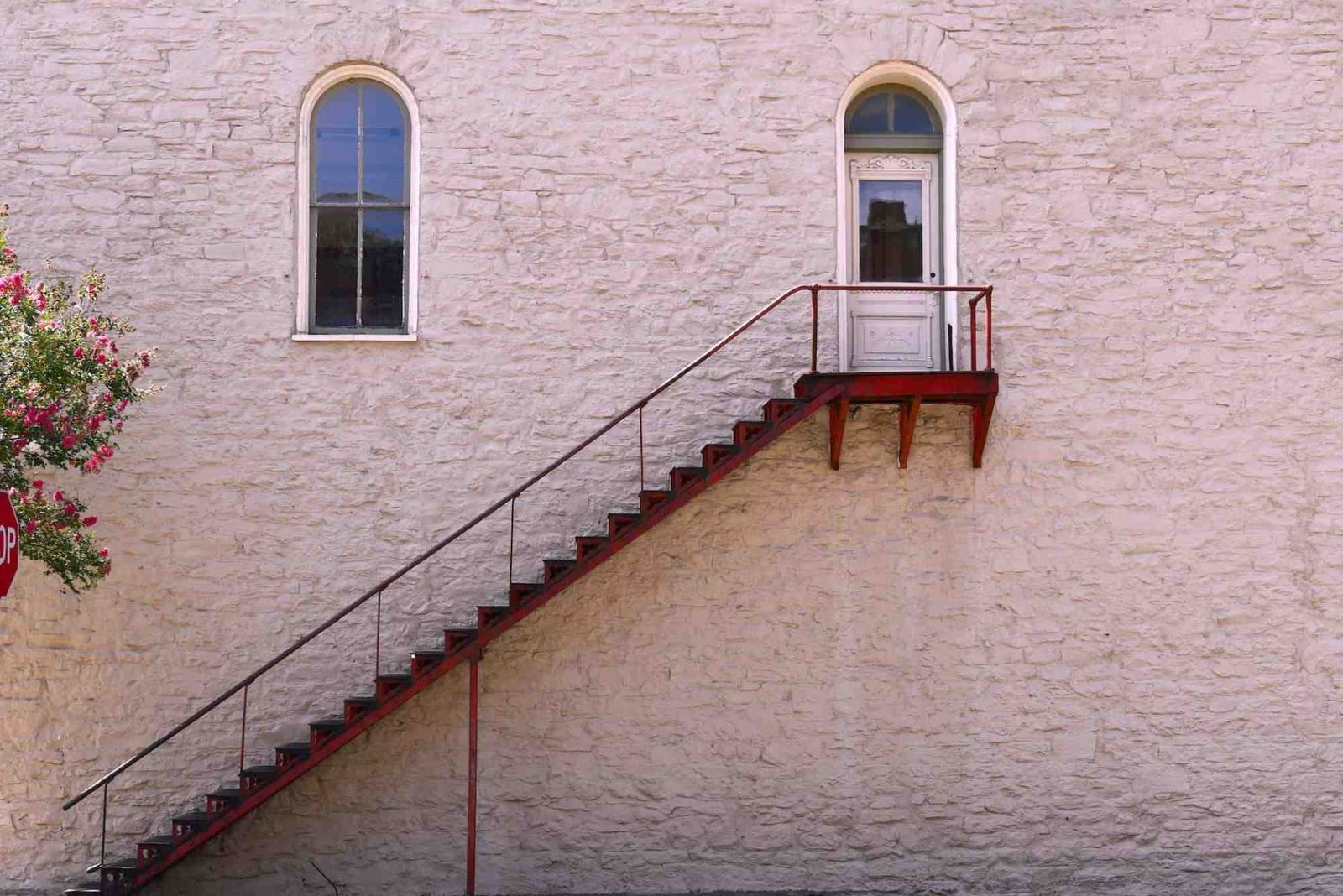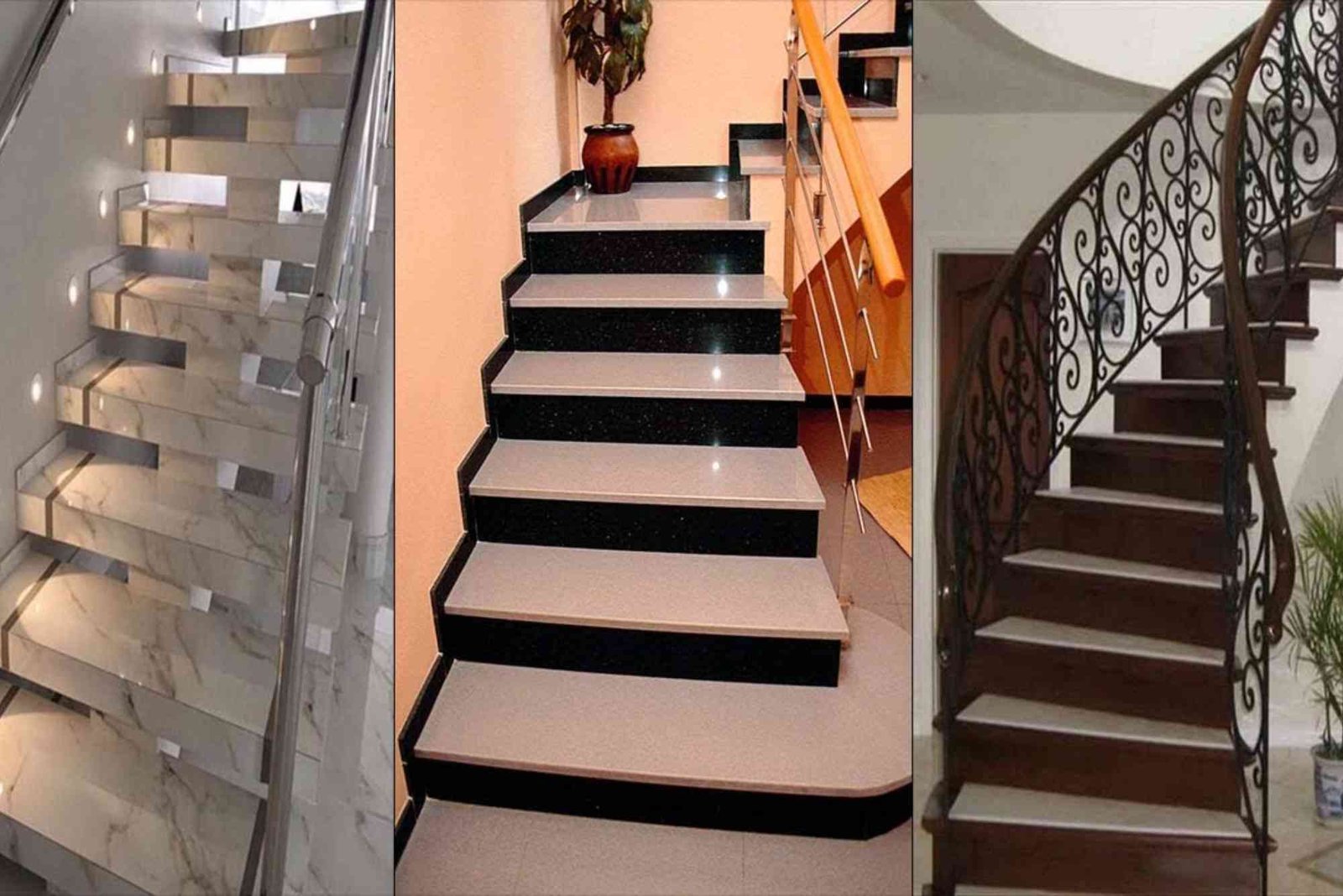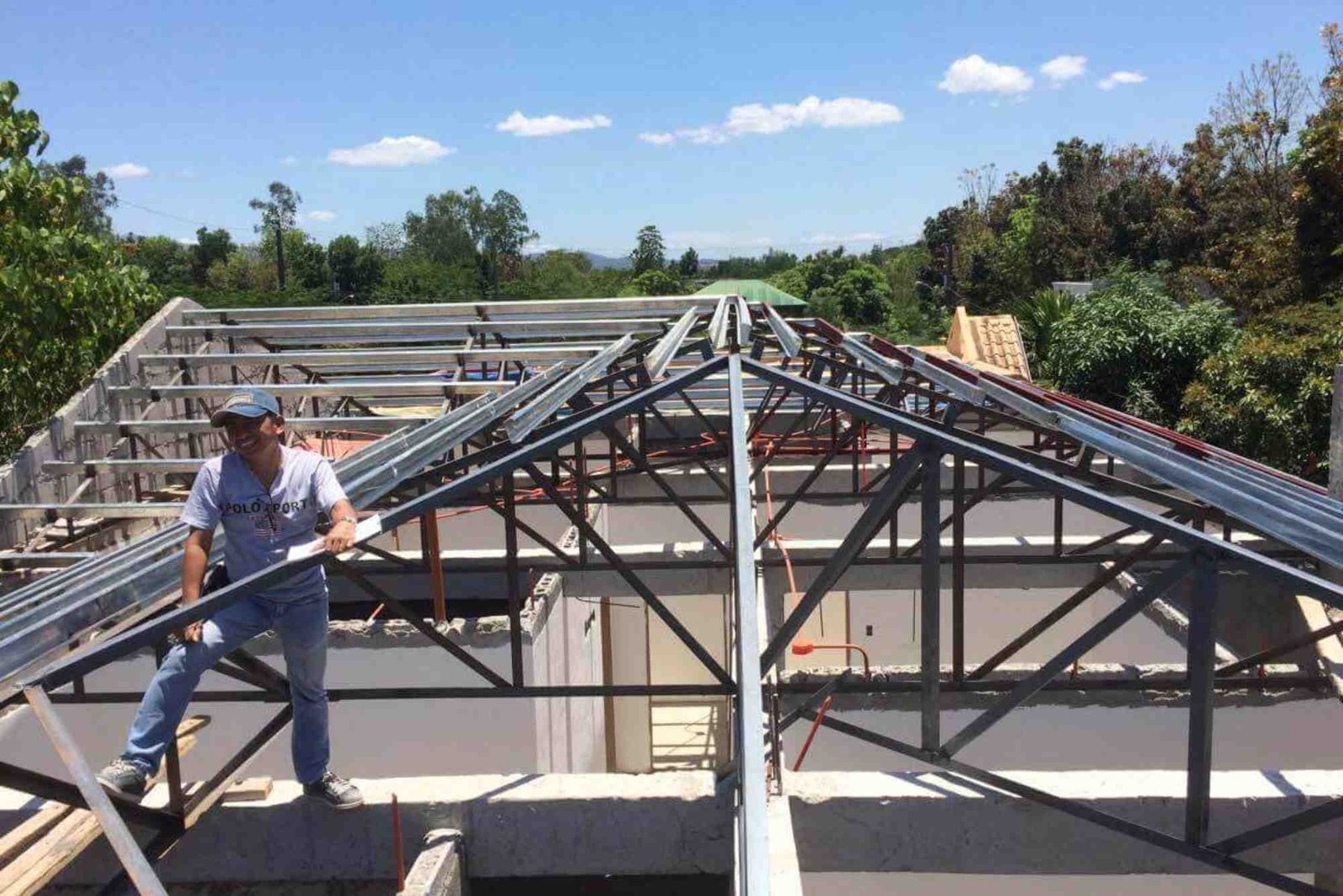Understanding the Basics of Exterior Staircases
Before diving into materials and styles, it’s important to grasp the fundamental purpose of exterior staircases. Unlike interior stairs, exterior stairs must withstand weather variations, heavy foot traffic, and safety hazards. Proper planning ensures durability, ease of use, and architectural harmony.
Key Considerations for Indian Homes
Climate plays a crucial role in staircase design. Materials like concrete, stone, and treated wood resist humidity and temperature fluctuations better than others. Indian homes often feature compact plots, which means space optimization is vital. Additionally, outdoor stairs must adhere to safety regulations, particularly regarding tread height and railing dimensions.
Integrating your staircase with the overall home design ensures visual coherence. The staircase should complement exterior walls, landscaping, and entrance features, rather than appearing as an afterthought.
Popular Exterior Staircase Designs
Stone Staircases
Stone staircases are timeless and ideal for Indian homes with traditional architecture. They offer durability, low maintenance, and a natural look. Granite or sandstone steps provide slip-resistant surfaces, perfect for monsoon-prone areas.
Stone stairs pair beautifully with lush gardens, verandas, and wooden railings. However, consider weight-bearing capacity as natural stones can be heavy, requiring solid structural support.
Concrete Staircases
Concrete is the most common choice for modern Indian homes. It allows flexibility in shape, height, and tread width. A well-finished concrete staircase can resemble stone or even wood, creating a seamless visual appeal.
Using anti-slip coatings or textured finishes prevents accidents. Concrete stairs also require minimal maintenance compared to wood and are highly durable against outdoor elements.
Wooden Staircases
Wood adds warmth and elegance, suitable for contemporary or colonial-style homes. Teak, sal, or engineered wood are recommended due to their resistance to termites and moisture.
To protect against Indian weather, wooden exterior stairs need periodic sealing. Combining wood with wrought iron or stainless steel railings creates a sophisticated look while ensuring longevity.
Metal Staircases
Steel or wrought iron staircases are gaining popularity for urban Indian homes. They are lightweight, durable, and can be fabricated into intricate designs. Powder-coated finishes prevent rust and increase lifespan.
Metal stairs suit homes with minimalistic, modern, or industrial aesthetics. Pairing them with wooden steps can soften the look, making it more inviting.
Design Tips for Exterior Stairs
Optimize Safety
Safety is non-negotiable. Ensure uniform step height, adequate tread depth, and sturdy railings. Lighting plays a critical role, especially for evening use. Motion-sensor lights can enhance safety without compromising style.
Use Appropriate Materials
Selecting the right material is crucial. Concrete and stone offer durability, while wood provides elegance. Metal works best for modern designs. Always consider climate, maintenance, and foot traffic before finalizing a material.
Focus on Aesthetics
Your exterior staircase can serve as a statement piece. Incorporate curves, cantilevered steps, or decorative railings to add personality. Landscaping around the stairs, such as plants or textured pathways, enhances the visual appeal.
Integrate With Home Architecture
The staircase should complement your home’s style. A traditional Indian home suits stone or wood, while contemporary homes favor concrete or metal. Consider color schemes, textures, and proportions to maintain harmony.
Maximize Space
For compact homes, L-shaped or spiral staircases save space without compromising functionality. Clever use of under-stair storage or planters can also make the area practical and visually appealing.
Common Mistakes to Avoid
Ignoring Safety Standards
Many homeowners overlook proper riser height and tread depth. Irregular steps can cause accidents. Railings without proper height or grip are another common issue. Always follow safety guidelines during construction.
Overlooking Maintenance
Materials like untreated wood or cheap metal may deteriorate quickly in India’s diverse climate. Regular maintenance, sealing, or painting is essential to extend your staircase’s life.
Neglecting Lighting
Insufficient lighting is a common hazard. Well-placed LED lights or solar-powered fixtures improve safety and add elegance.
Poor Integration With Design
A staircase that clashes with the home’s exterior can look awkward. Avoid random designs; instead, plan your staircase as an integral part of the overall architecture.
Underestimating Space Requirements
Crowded or narrow staircases feel uncomfortable and unsafe. Consider the width, slope, and landing space carefully, especially for high-traffic areas.
Innovative Ideas to Enhance Exterior Stairs
Adding decorative railings, planter boxes, or floating steps can elevate the design. Combining materials like stone and wood, or integrating LED lights into steps, creates a visually appealing and modern look. For an in-depth look at exterior staircase designs for Indian homes, explore this link.
Exterior staircases are more than functional elements—they define your home’s exterior character. Choosing the right material, ensuring safety, and avoiding common mistakes can transform a simple staircase into a striking feature. Consider design, durability, and harmony with your home when planning your exterior stairs. For tips on enhancing your home, explore our home & decoration basics and collaborate with our editorial partner for expert guidance.
Take the next step in home design by investing in a staircase that combines safety, style, and durability. Begin planning today to elevate the exterior of your Indian home.
FAQs
What materials are best for exterior staircases in India?
Stone, concrete, treated wood, and powder-coated metal are ideal due to durability and weather resistance.
How wide should an exterior staircase be?
A minimum width of 36 inches is recommended for comfortable use, with wider stairs preferred for high-traffic areas.
Are spiral staircases suitable for outdoor use?
Yes, spiral staircases save space and can be made with metal or concrete for durability.
How can I prevent slipperiness on exterior stairs?
Use textured finishes, anti-slip coatings, or stone surfaces with natural grip to prevent accidents.
What are common mistakes to avoid in exterior staircase design?
Ignoring safety standards, poor integration with home design, insufficient lighting, and improper material choice are the most common mistakes.




